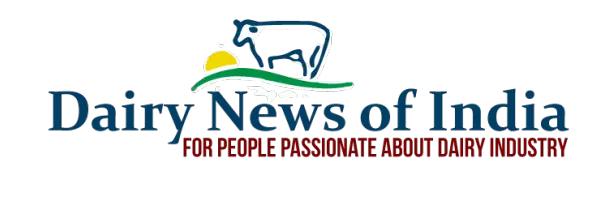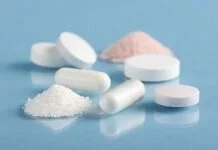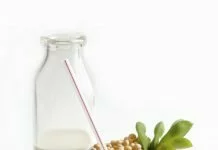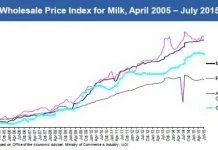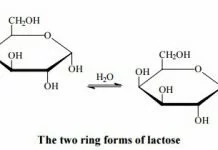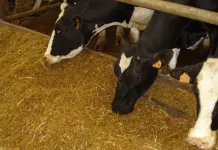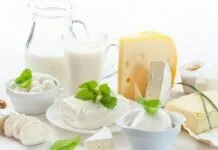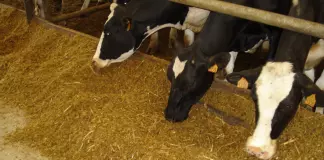Source:newstodaynet.com
Though milk prices continue to rise at regular intervals, all is not well with the milk industry. Milk dealers and farmers continue to suffer due to various problems. But experts dealing with the issue see scope for improving the situation by taking a holistic view.
Farmers say they are the most affected as they say the price of feeds has risen over the years. Tamilnadu Milk Producers Association secretary Rajendran (photo on right) says, “Milk production cost has increased over the years. When we were using indigenous breeds, the feed would be mostly green fodder, dry fodder (maize and corn stem), rice bran, rice porridge and other household bio waste. But for mixed breed from Jersey, Holstein Friesian (introduced in the 1980s) which give more milk, the feed has to be very good.”
Explaining, Rajendran said, “To get one litre of milk, a mixed breed must be fed 400 gm of concentrate (rice bran + pulses, vitamins and other salts). For producing at least 10 litres of milk, one has to feed 4 kg of concentrates. And a 70 kg bag of concentrates cost around Rs 1,300 while 10 kg of corn stem costs Rs 300, and 10 kg of maize stem costs Rs 120. On an average, dairy farmers spend Rs 300 on a cow a day. Apart from this, maintenance and labour costs also add up to the total expenditure. Since most families involve themselves as workers in the business, the labour cost gets adjusted.”
While dairy farmers are worried about the increasing cost of feed, dealers feel betrayed that the commission rates have not been increased for the past 13 years. Tamilnadu Milk Dealers Welfare Association president S A Ponnuswamy says, “Milk industry consists not only of customers and milk producers, it also has milk distributors, wholesalers and dealers. While private milk companies give a commission of Rs 4 for every litre, Aavin provides only Rs 1.50 per litre which must be shared between the wholesalers and dealers. If a milk dealer sells 500 litres of milk a day, he would get only Rs 250 as commission. This forces many retailers to stock private milk.”
Regarding the prices for milk, monthly card-holders pay Rs 2-3 per litre less than the MRP (maximum retail price), wholesalers and dealers get around Rs 1.50 per litre and co-operative societies get 0.50 paise less the MRP. If the rate system is streamlined and common rate is fixed, it will benefit every stakeholder involved in the milk trade, say experts.
Perambur MLA and CPI (M) leader A Soundararajan (photo on left), who participated in various protests on behalf of milk farmers and dealers, says, “Increasing procurement centres, milk procurement price, sale of milk and its products is the solution.”
He feels Aavin must take steps to increase the sale of milk through various methods like introduction of 200 ml milk in the noon-meal scheme for schoolchildren. Some years ago, the State government stopped the scheme of supplying 200 ml milk to all students of the noon-meal scheme. If the scheme is re-introduced, milk sales will increase to 20 lakh litres per day.
He also says that Aavin does not concentrate on milk products. “The basic ingredients of milk chocolates is milk, Since milk is abundantly available in the State, the State agency must produce more varieties of milk chocolates and make necessary promotions for improving sales.”
Stressing on the importance of welfare measures, Soundararajan says, “Down the years, milk producers, dealers and workers have been brought under the unorganised workers sector. But, we need to create a separate welfare board for them.”
HOW MILK CAN KEEP CASH REGISTERS RINGING:
* Supply milk to school kids in noon meal scheme
* Bring out more milk products like chocolates
* Increase milk procurement centres
* Pay dealers more for milk sales
* Bring dairy workers under a welfare board
